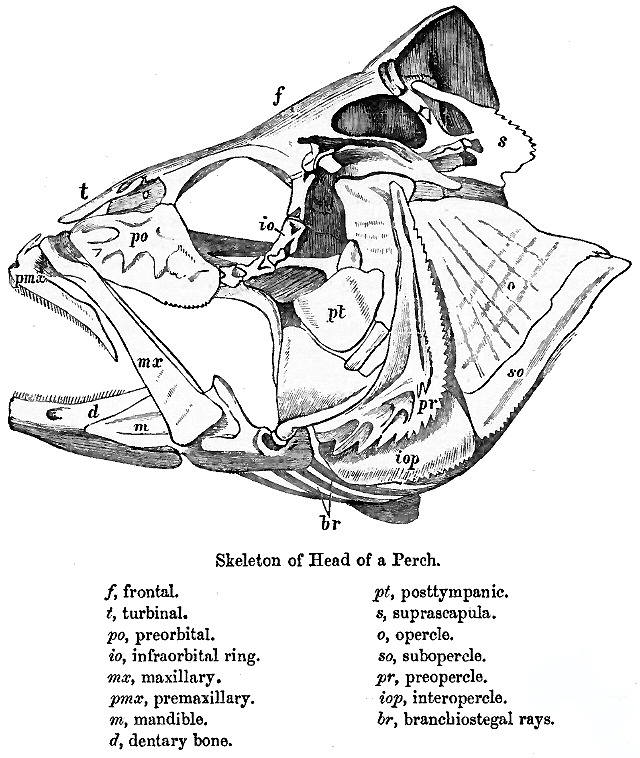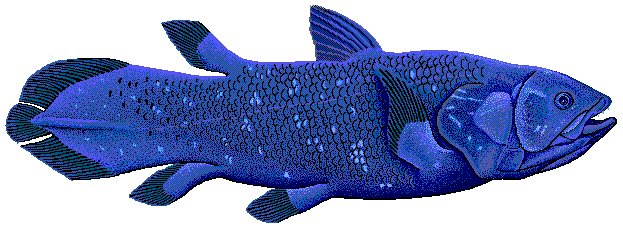|
Siyuichthyidae
Siyuichthyidae is an extinct family of stem-teleost fish known from the Early Cretaceous Tugulu Group of Xinjiang, China. It contains five genera with a total of nine species, all of which are based on poor remains. Classification * '' Bogdaichthys'' ** ''B. fukangensis'' ** ''B. serratus'' * '' Dsungarichthys'' ** ''D. bilineatus'' * '' Manasichthys'' ** ''M. elongatus'' ** ''M. tuguluensis'' * '' Siyuichthys'' ** ''S. ornatus'' ** ''S. pulchellus'' ** ''S. pulcher'' * '' Wukangia'' ** ''W. houyanshanensis'' References Prehistoric teleostei † A dagger, obelisk, or obelus is a typographical mark that usually indicates a footnote if an asterisk has already been used. The symbol is also used to indicate death (of people) or extinction (of species or languages). It is one of the mo ... Early Cretaceous first appearances Early Cretaceous extinctions {{Paleo-rayfinned-fish-stub ... [...More Info...] [...Related Items...] OR: [Wikipedia] [Google] [Baidu] |
Stem Group
In phylogenetics, the crown group or crown assemblage is a collection of species composed of the living representatives of the collection, the most recent common ancestor of the collection, and all descendants of the most recent common ancestor. It is thus a way of defining a clade, a group consisting of a species and all its extant or extinct descendants. For example, Neornithes (birds) can be defined as a crown group, which includes the most recent common ancestor of all modern birds, and all of its extant or extinct descendants. The concept was developed by Willi Hennig, the formulator of phylogenetic systematics, as a way of classifying living organisms relative to their extinct relatives in his "Die Stammesgeschichte der Insekten", and the "crown" and "stem" group terminology was coined by R. P. S. Jefferies in 1979. Though formulated in the 1970s, the term was not commonly used until its reintroduction in 2000 by Graham Budd and Sören Jensen. Contents of the crown ... [...More Info...] [...Related Items...] OR: [Wikipedia] [Google] [Baidu] |
Teleost
Teleostei (; Ancient Greek, Greek ''teleios'' "complete" + ''osteon'' "bone"), members of which are known as teleosts (), is, by far, the largest group of ray-finned fishes (class Actinopterygii), with 96% of all neontology, extant species of fish. The Teleostei, which is variously considered a Division (zoology), division or an infraclass in different taxonomic systems, include over 26,000 species that are arranged in about 40 order (biology), orders and 448 family (biology), families. Teleosts range from giant oarfish measuring or more, and ocean sunfish weighing over , to the minute male anglerfish ''Photocorynus spiniceps'', just long. Including not only torpedo-shaped fish built for speed, teleosts can be flattened vertically or horizontally, be elongated cylinders or take specialised shapes as in anglerfish and seahorses. The difference between teleosts and other bony fish lies mainly in their jaw bones; teleosts have a movable premaxilla and corresponding modifications ... [...More Info...] [...Related Items...] OR: [Wikipedia] [Google] [Baidu] |
Early Cretaceous
The Early Cretaceous (geochronology, geochronological name) or the Lower Cretaceous (chronostratigraphy, chronostratigraphic name) is the earlier or lower of the two major divisions of the Cretaceous. It is usually considered to stretch from 143.1 Megaannum#SI prefix multipliers, Ma to 100.5 Ma. Geology Proposals for the exact age of the Barremian–Aptian boundary ranged from 126 to 117 Ma until recently (as of 2019), but based on drillholes in Svalbard the defining Anoxic event#Cretaceous, early Aptian Oceanic Anoxic Event 1a (OAE1a) was dated to 123.1±0.3 Ma, limiting the possible range for the boundary to c. 122–121 Ma. There is a possible link between this anoxic event and a series of Early Cretaceous large igneous provinces (LIP). The Ontong Java Plateau, Ontong Java-Manihiki Plateau, Manihiki-Hikurangi Plateau, Hikurangi large igneous province, emplaced in the South Pacific at c. 120 Ma, is by far the largest LIP in Earth's history. The Onto ... [...More Info...] [...Related Items...] OR: [Wikipedia] [Google] [Baidu] |
Tugulu Group
The Tugulu Group () is a geological Group in Xinjiang, China whose strata date back to the Early Cretaceous The Early Cretaceous (geochronology, geochronological name) or the Lower Cretaceous (chronostratigraphy, chronostratigraphic name) is the earlier or lower of the two major divisions of the Cretaceous. It is usually considered to stretch from 143.1 .... Dinosaur skeletal remains and footprints are among the fossils that have been recovered from the formation.Weishampel, David B; et al. (2004). "Dinosaur distribution (Early Cretaceous, Asia)." In: Weishampel, David B.; Dodson, Peter; and Osmólska, Halszka (eds.): The Dinosauria, 2nd, Berkeley: University of California Press. Pp. 563-570. . Vertebrate paleofauna Dinosaurs Pterosaurs Pseudosuchians Turtles Fish References Bibliography * Geologic groups of China Lower Cretaceous Series of Asia Cretaceous China Paleontology in Xinjiang Long stubs with short prose {{PRChina-geo-stub ... [...More Info...] [...Related Items...] OR: [Wikipedia] [Google] [Baidu] |
Xinjiang
Xinjiang,; , SASM/GNC romanization, SASM/GNC: Chinese postal romanization, previously romanized as Sinkiang, officially the Xinjiang Uygur Autonomous Region (XUAR), is an Autonomous regions of China, autonomous region of the China, People's Republic of China (PRC), located in the Northwest China, northwest of the country at the crossroads of Central Asia and East Asia. Being the List of Chinese administrative divisions by area, largest province-level division of China by area and the List of the largest country subdivisions by area, 8th-largest country subdivision in the world, Xinjiang spans over and has about 25 million inhabitants. Xinjiang Borders of China, borders the countries of Afghanistan, India, Kazakhstan, Kyrgyzstan, Mongolia, Pakistan, Russia, and Tajikistan. The rugged Karakoram, Kunlun Mountains, Kunlun and Tian Shan mountain ranges occupy much of Xinjiang's borders, as well as its western and southern regions. The Aksai Chin and Trans-Karakoram Tract regions ... [...More Info...] [...Related Items...] OR: [Wikipedia] [Google] [Baidu] |
Prehistoric Teleostei
Prehistory, also called pre-literary history, is the period of human history between the first known use of stone tools by hominins million years ago and the beginning of recorded history with the invention of writing systems. The use of symbols, marks, and images appears very early among humans, but the earliest known writing systems appeared years ago. It took thousands of years for writing systems to be widely adopted, with writing having spread to almost all cultures by the 19th century. The end of prehistory therefore came at different times in different places, and the term is less often used in discussing societies where prehistory ended relatively recently. It is based on an old conception of history that without written records there could be no history. The most common conception today is that history is based on evidence, however the concept of prehistory hasn't been completely discarded. In the early Bronze Age, Sumer in Mesopotamia, the Indus Valley Civilis ... [...More Info...] [...Related Items...] OR: [Wikipedia] [Google] [Baidu] |
Teleostei Families
Teleostei (; Greek ''teleios'' "complete" + ''osteon'' "bone"), members of which are known as teleosts (), is, by far, the largest group of ray-finned fishes (class Actinopterygii), with 96% of all extant species of fish. The Teleostei, which is variously considered a division or an infraclass in different taxonomic systems, include over 26,000 species that are arranged in about 40 orders and 448 families. Teleosts range from giant oarfish measuring or more, and ocean sunfish weighing over , to the minute male anglerfish ''Photocorynus spiniceps'', just long. Including not only torpedo-shaped fish built for speed, teleosts can be flattened vertically or horizontally, be elongated cylinders or take specialised shapes as in anglerfish and seahorses. The difference between teleosts and other bony fish lies mainly in their jaw bones; teleosts have a movable premaxilla and corresponding modifications in the jaw musculature which make it possible for them to protrude their jaws o ... [...More Info...] [...Related Items...] OR: [Wikipedia] [Google] [Baidu] |





